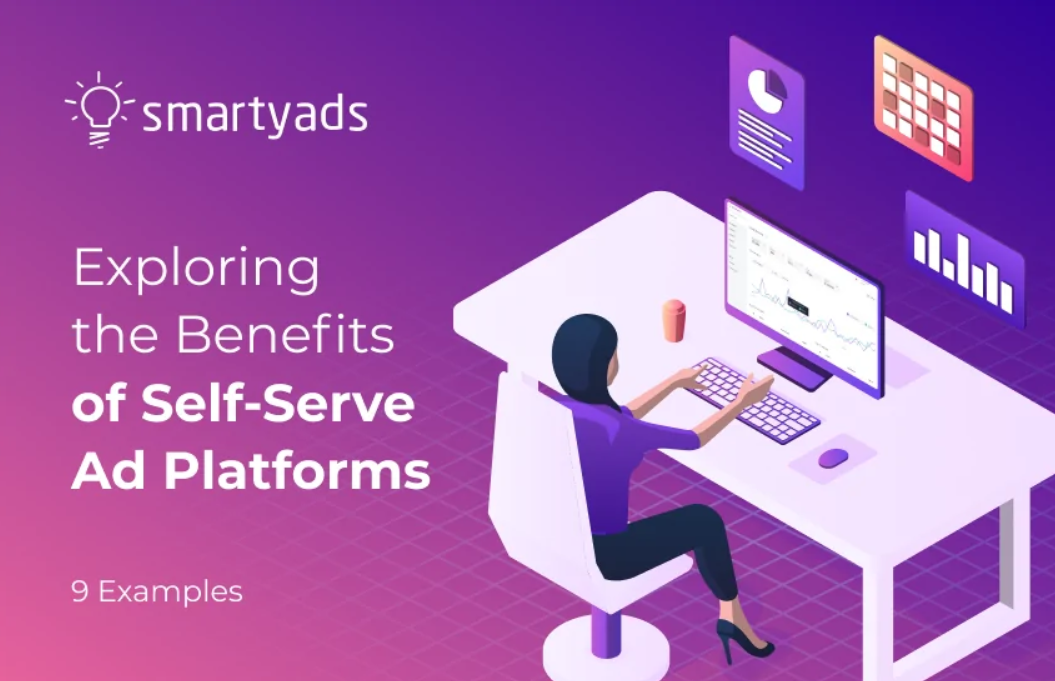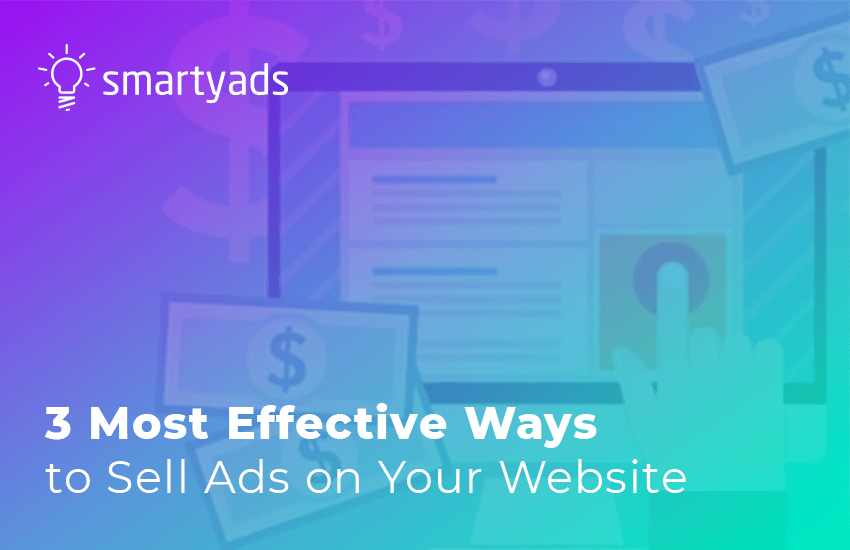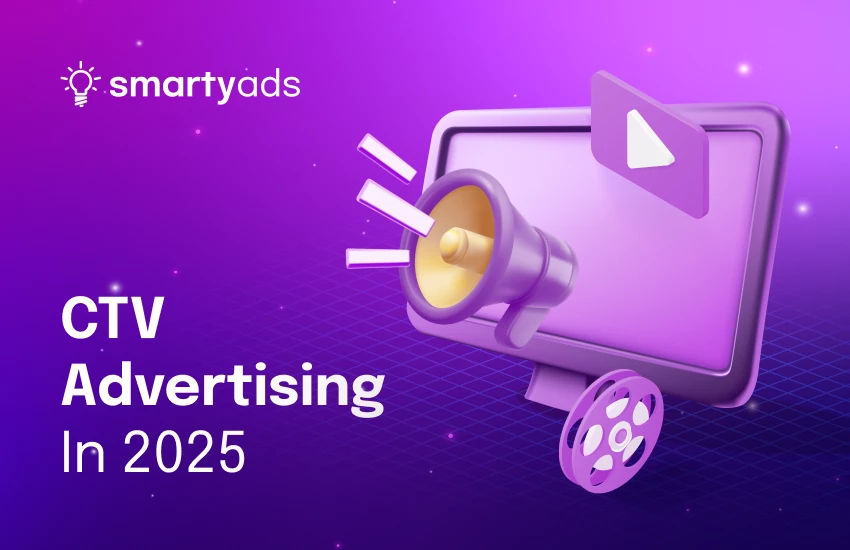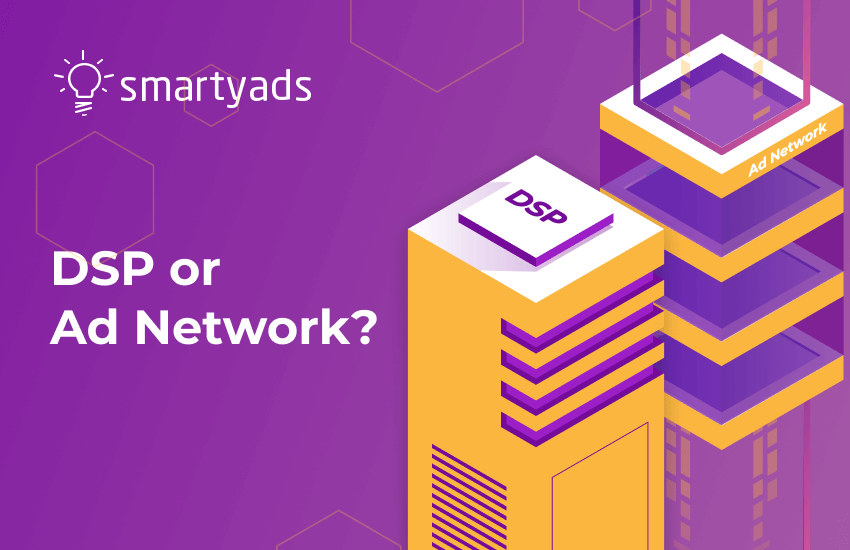Self-serve ad platforms are part of the growing trend of self-service advertising, allowing advertisers more control over their advertising campaigns.
In the past, advertisers would typically work with advertising agencies or sales representatives to create and manage their campaigns. While these intermediaries can offer valuable expertise and support, they also add an extra layer of cost and complexity to the process.
What is a self-serve ad platform?
Self-serve advertising is a type of advertising that doesn't require intermediaries to run ad campaigns, as it is performed via dashboards.
The self-serve ad platform is considered one of the best solutions if you want to be fully in charge of your ad sales, purchases, targeting options, management of advertising campaigns, digital ad inventory management, implementing your advertising strategy, and more.
What self-serve advertising platforms are there?
In digital advertising, self-service ad platforms are designed for demand and supply partners alike, meaning there are ad exchanges, ad networks, and DSPs (demand-side platforms) for self-service advertising, as well as SSPs (supply-side platforms).
While some self-serve DSP are designed solely for advertisers (inventory purchasing), others are created for publishers (ad space selling). Some self-serve ad platforms are open to advertisers and publishers (ad networks or ad exchanges).

What are examples of self-serve advertising platforms?
Facebook self-serve Ads, Google Ads, LinkedIn Ads, Twitter Ads, and, of course, programmatic ad platforms are all examples of self-served ad platforms.
Self-serve ad platform: how does it work?
Self-serve ad platforms are designed in a way that helps demand and supply parties to automatically sell and buy ad inventory without the intervention of agencies or other personnel. Self-service advertising platforms work according to programmatic algorithms.
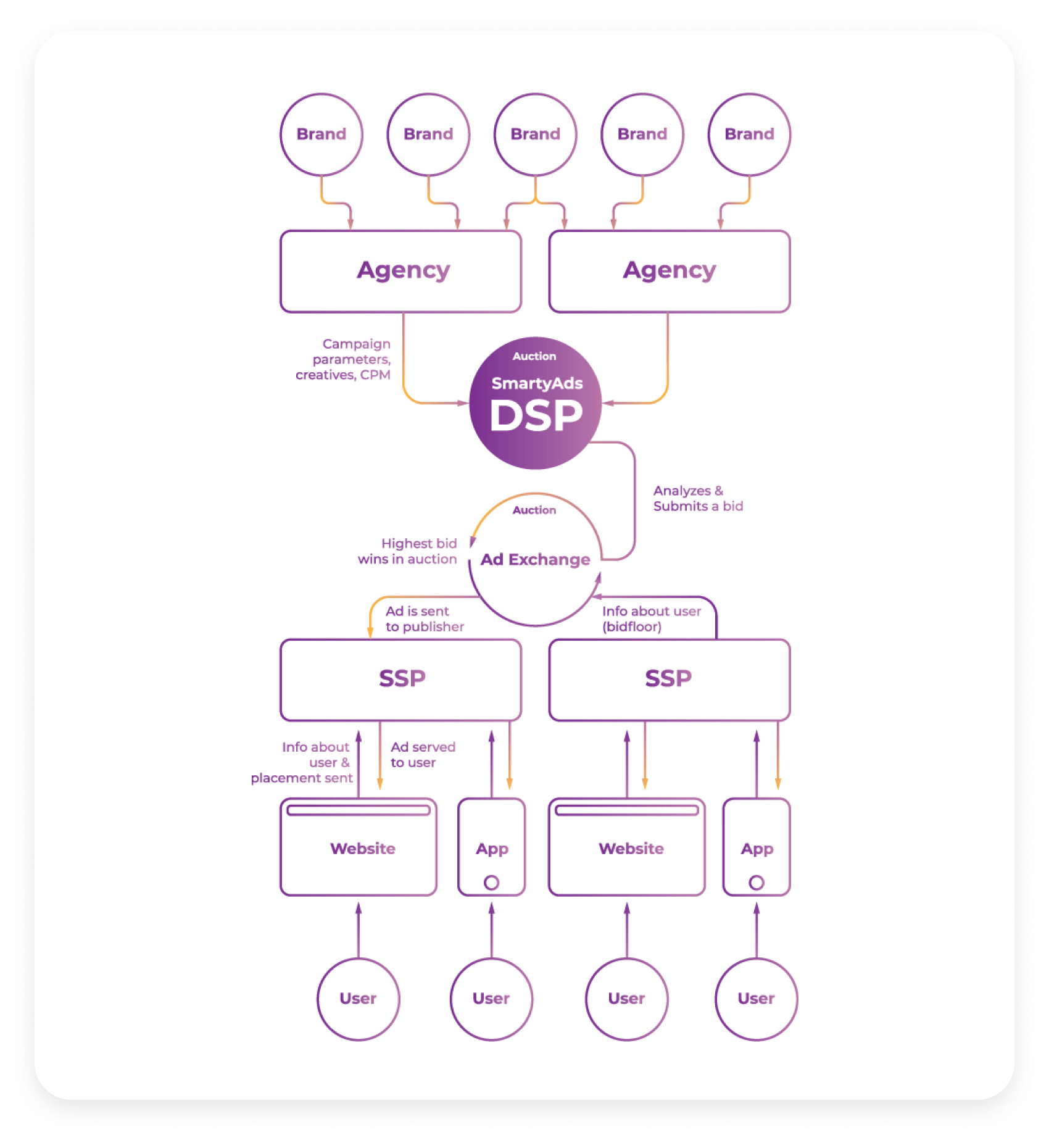
The only difference is that some online advertising platforms are designed to be managed (operated by ATDs or managers), and others are operated by advertisers or publishers directly through the dashboard (without extended assistance). Below you can see the anatomy of such ad serving.
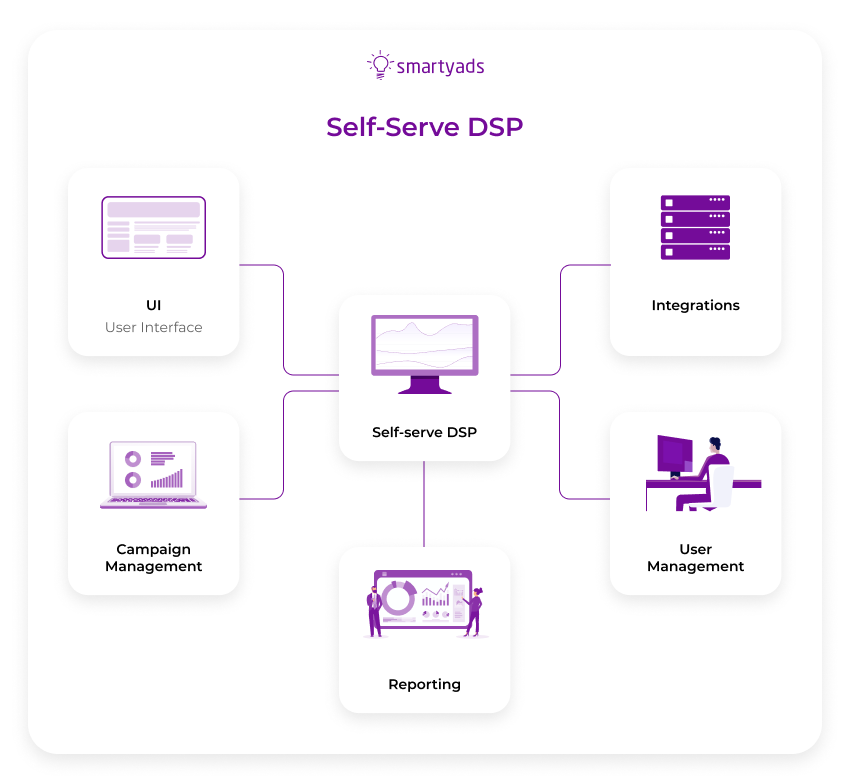
What are the benefits of self-serve platforms?
The benefits of self-serve platforms stem from objectives that are easily achieved with self-operated platforms. Read below how it's achieved.
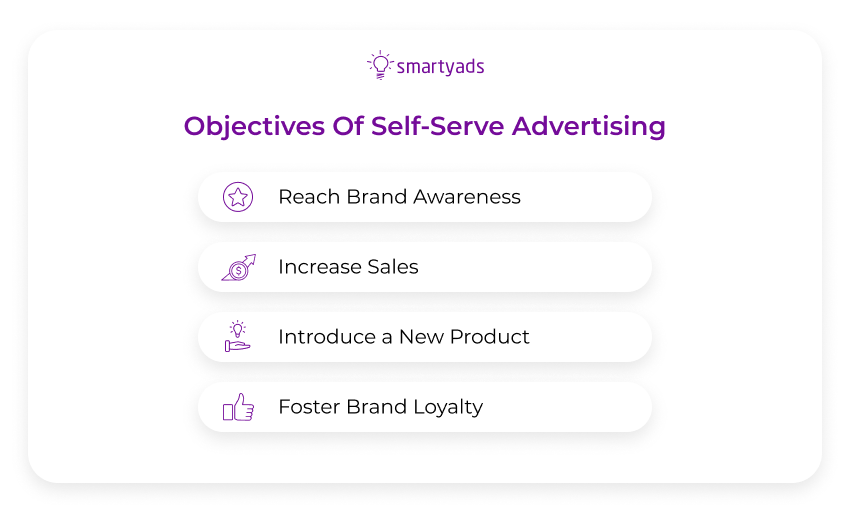
Ad operations are automated
In the modern world, such ad platforms have a dashboard through which it is fairly easy to set up ad campaigns, choose suitable ad formats, and monitor campaign effectiveness (with key performance indicators displayed in the main reporting dashboard).
Yet, the interests of advertisers and publishers are protected
Self-service advertising platforms bring power back to publishers as they sell their inventory while dictating their own rules: the floor price is one of those mechanisms created to protect a publisher's revenue.
Once all parties have configured their requirements for selling and buying inventory, each self-serve ad platform participates in the real-time bidding auction, thanks to which each particular ad placement is getting filled. Thanks to real-time bidding, ad delivery is getting automated.
Plus, thanks to the smart algorithms inbuilt into programmatic digital advertising platforms, advertisers are only getting those impressions that correspond to their desired target audiences, while publishers are getting their ad placements filled based on their own preferences: the size of the ad, floor price, desired format, etc.
With self-serve ad platforms, advertisers can bypass these intermediaries and create and manage their digital advertising campaigns directly.
How can I use a self-serve advertising platform?
A self-serve ad platform is useful for various digital marketing tasks as it helps media buyers buy ads on DSPs and ad exchanges. Meanwhile, supply self-serve ad platforms (SSPs) help direct publishers sell their ad space in real time. Let's look closely at self-serve ad platforms and what you can achieve with them.
Create ad campaigns
Advertisers can use templates on self-service platforms or create ads using various text, images, and videos. They can also customize their ad placements, such as choosing where their ads will appear on a website or social media platform.
Select target audiences
Advertisers can use a range of ad network targeting options to reach the right audience for their ads. For example, they can target based on demographics, interests, behaviors, and more. Ad networks are usually open for advertisers and publishers alike. The ad manager dashboard on DSP is designed solely for advertisers, so campaign management turns even more convenient.
Set budgets
Advertisers can set a budget for their campaigns, which determines how much they are willing to spend on advertising. They can also set ad bid prices, determining how much they will pay for each click or impression. Meanwhile, publishers configure ad placement bid floors on SSPs to avoid disadvantageous deals and protect ad revenue.
Monitor performance
Advertisers can track key performance metrics like click-through rates, impressions, and conversions. They can also use a self-serve ad platform to make real-time campaign adjustments.
Major digital advertising companies, like Google, Facebook, LinkedIn, and SmartyAds, typically offer self-serve advertising platforms.
For advertisers, self-service digital platforms offer greater control over their campaigns, which can lead to better results and a more cost-effective advertising strategy.
The publisher can also use a self-serve platform like SSP to analyze inventory performance in the dashboard independently and without involving a sales representative or support.

How to create ad campaigns with a self-serve ad platform?
Creating ad campaigns with a self-serve advertising platform can be a relatively straightforward process, and it typically involves the following steps:
Choose the right platform
There are a variety of self-serve advertising platforms available, each with its own strengths and weaknesses. Some popular self-service platforms include Google Ads, Facebook Ads, LinkedIn Ads, and Twitter Ads. Consider which platform is the best fit for your advertising goals.
Set up an account
Once you have chosen a platform, you will need to set up an account. This typically involves providing some basic information about your business and payment details.
Define your ad campaign goals
Before creating your ad campaign, it's essential to define your goals. What do you want to achieve with your ad campaign? Are you looking to drive more traffic to your website, generate leads, increase sales, or build brand awareness? A clear goal will help you create a more effective campaign.
Define your target audience
Once you have defined your goals, you must define your target audience. Who do you want to reach with your ads? What are their demographics, interests, and behaviors? Most self-serve advertising platforms offer a range of options to help you reach the right audience.
Create your ads
With your goals and desired audience, it's time to create your ads. Almost every self-serve platform offers many ad formats, such as text, image, and video. Choose the most suitable ad format for you. Be sure to follow the platform's guidelines for ad content and design.
Set your advertising budget
Once you have created your ads, you must set your budget. This typically involves setting a daily or total budget for your campaign and bids for your ads.
Launch your campaign
With your ads, targeting, and budget in place, it's time to launch your campaign. Monitor your campaign performance closely and adjust as needed to improve your results.
Optimize your campaign
As your campaign runs, monitor your performance metrics and make improvements to optimize your results. This may involve adjusting your targeting, changing your content, or fixing your bids.
What ad formats can be published with self-serve advertising platforms?
Self-serve advertising platforms can offer a variety of ad formats that advertisers can use to promote their products and services. Here are some of the most common ad formats available on these platforms:
Search Ads. Search ads are text-based ads that appear on search engine results pages (SERPs) when users search for specific keywords or phrases. They are typically sold on a pay-per-click (PPC) basis, meaning advertisers only pay when users click on their ad.
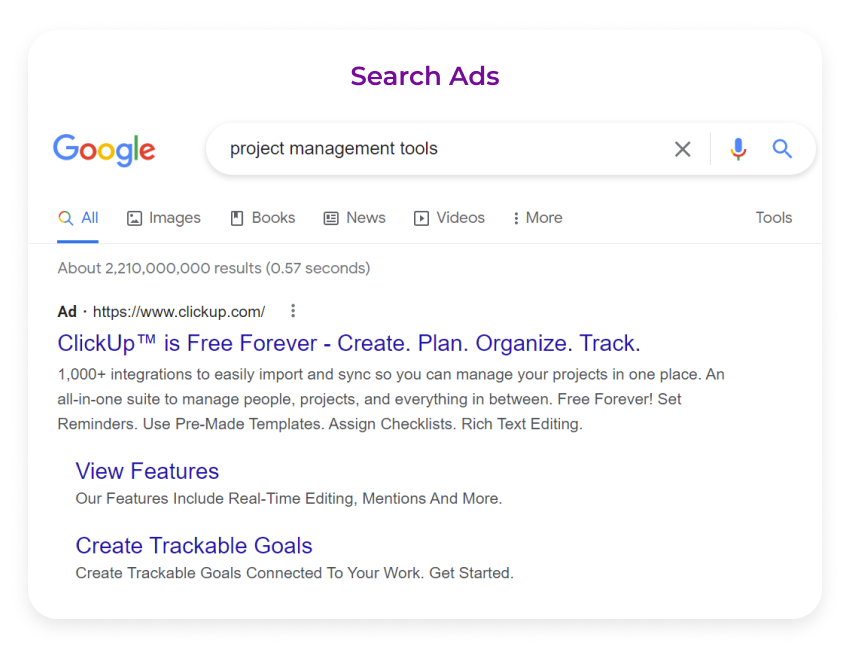
Display Ads. Display ads are image-based ads that appear on websites, mobile apps, and social media platforms. They can be in banners, pop-ups, or other interactive formats and are typically sold on a cost-per-impression (CPM) basis.
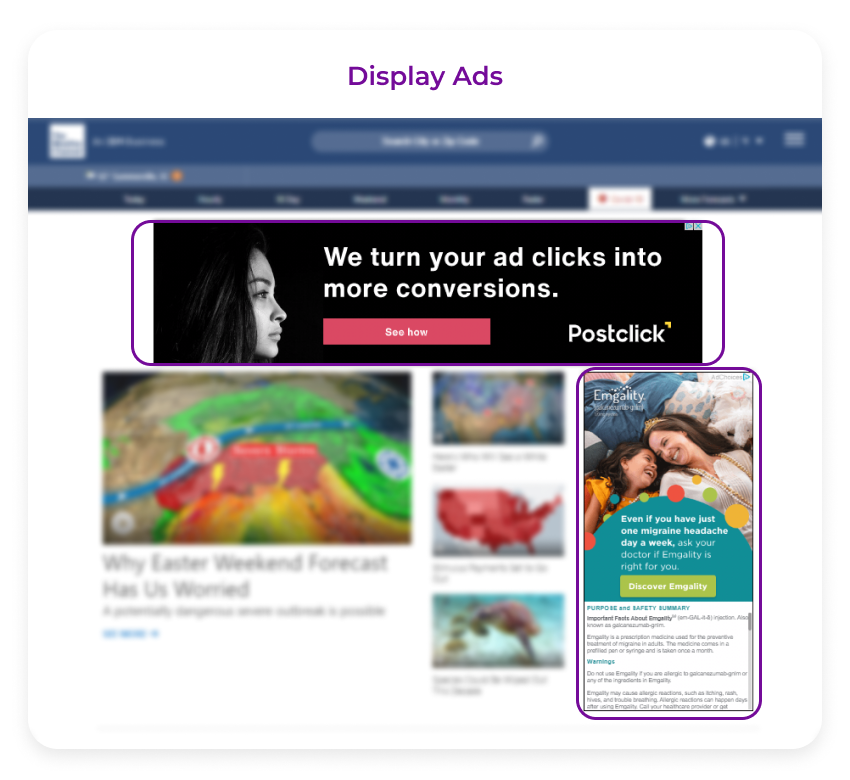
Video Ads. Video ads are short videos that appear on websites, mobile apps, and social media platforms. They can be pre-, mid-, or post-roll ads and are typically sold on a CPM or cost-per-view (CPV) basis.
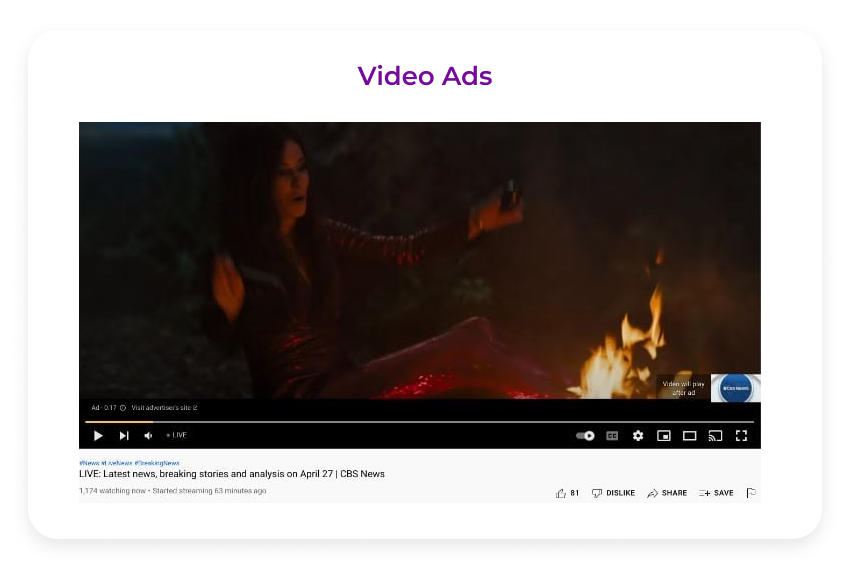
Native Ads. Those ads blend in with the content of the website or app where they are displayed. They can be in sponsored articles, sponsored posts, or other formats and are typically sold on a CPM or CPC basis.
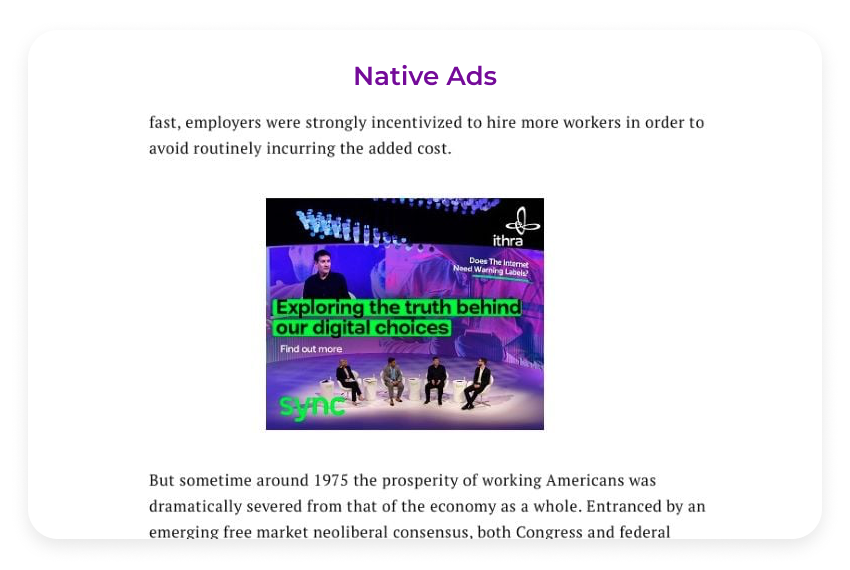
Social Ads. Social ads appear on social media platforms such as Facebook, Instagram, LinkedIn, and Twitter. They can be in sponsored posts, sponsored stories, or other formats and are typically sold on a CPM or CPC basis.
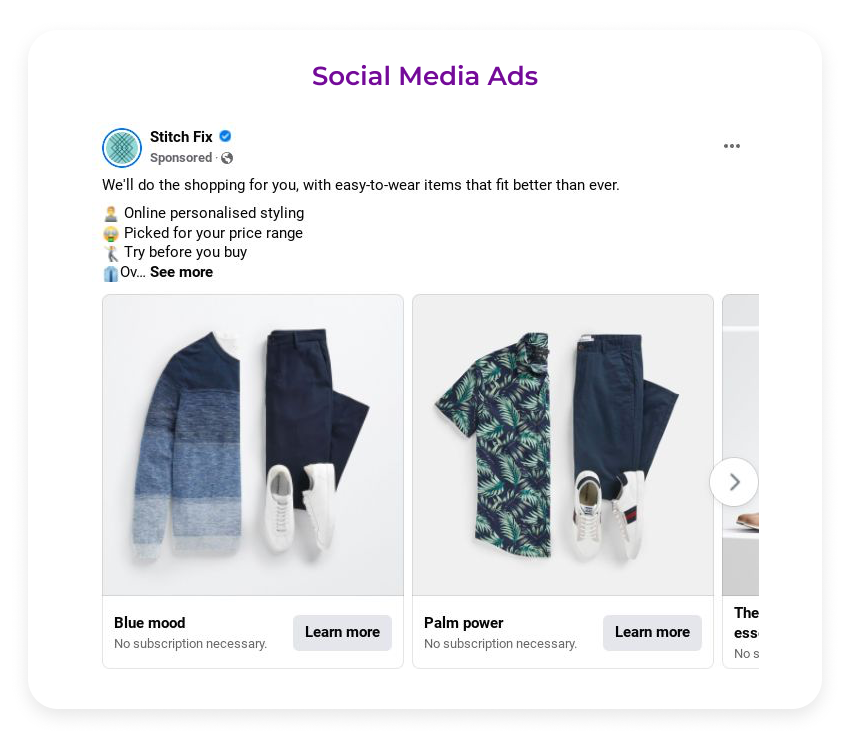
App Install Ads. App install ads encourage users to download and install mobile apps. They can be in the form of search ads, display ads, or social ads and are typically sold on a CPI (cost-per-install) basis.
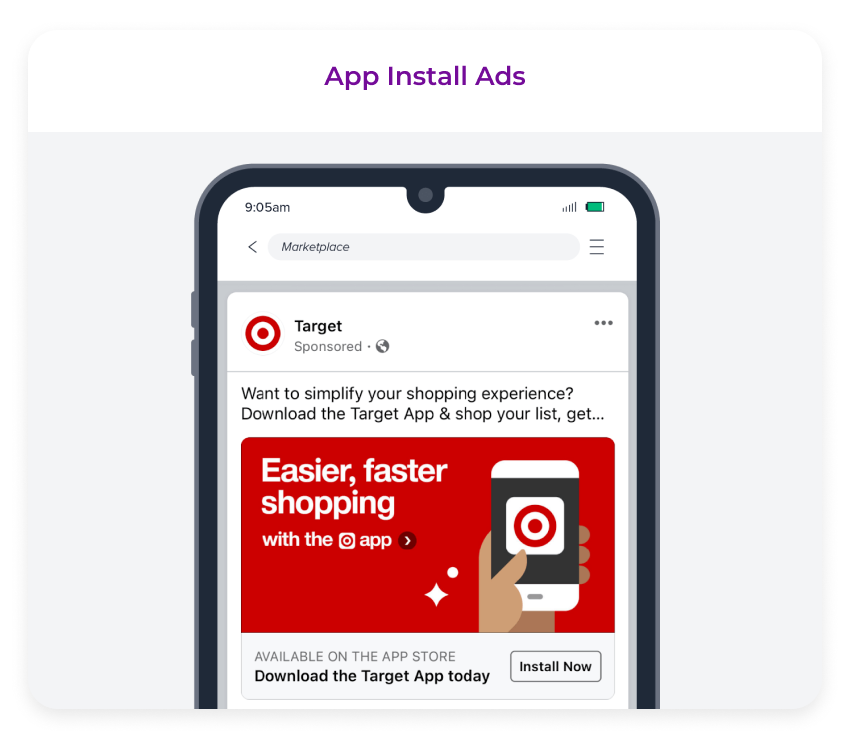
These are just a few examples of the ad formats available on self-service ad platforms. The specific formats available will vary depending on the platform.
The best self-service ad platforms in 2023
Let's look at the most affordable and attractive self-serve advertising platforms that serve effective ad campaigns, save money, and generate great online advertising experiences.
1. SmartyAds self-serve ad platform
Of course, we can't help but include our self-serve advertising platform in this list. We developed it to meet the needs of advertisers and publishers, considering the experience of many other successful platforms of this type.
With our self-service platform, you can monetize your site's traffic or run ad campaigns that match your business needs.
Self-service advertising gives you more control over everything that happens with your ads and allows you to purchase digital ad inventory tools of the best quality.
You can think of it as a test version of your own DSP or SSP platform because the basic idea is the same.
The platform allows you to run various ad campaigns, from standard banner campaigns to complex gaming formats. You can run ad campaigns on different devices and use advanced targeting and customization tools.
In addition, you will have access to constant, automatically generated reports on how your advertising campaign is progressing. You can check any time to see how everything works and make necessary adjustments.
Using our platform, you'll have access to over 500 million impressions per month in North America alone.
2. InMobi self-serve ad platform
InMobi is a recognized market leader in marketing and monetization technology, providing its clients with extensive knowledge and unparalleled mobile reach.
It is a trusted and transparent technology partner for marketers, content creators, and organizations of all sizes, helping them grow, engage audiences, and create valuable connections.
The company also has related businesses — unconsolidated subsidiary Glance, which provides a blockchain screen-based content discovery platform, and video platform Roposo. These companies help InMobi create new content and commercial opportunities in connected devices.
3. Entravision self-serve ad platform
Entravision is a media company that connects people through content and technology. The company works with global advertisers and develops products for leading companies worldwide. They focus on marketing technology, especially in mobile apps and performance, and they are a worldwide leader in strategic marketing for mobile apps, advertising companies, and brands.
The company offers performance solutions that help achieve growth goals and deliver results. Their omnichannel portfolio includes social media, media buying, programmatic, branding, and CTV, all aimed at increasing app user engagement.
Entravision's specialists have years of experience in mobile development and are focused on achieving success for their clients.
4. MASS self-serve ad platform
MASS is the leading self-service advertising network, providing effective technology solutions that help organizations engage users and achieve new app development successes.
Their platform connects audiences and enables mobile advertisers to work directly with integrated media buyers, software platforms, and relevant apps to engage quality consumers at scale.
MASS helps publishers and advertisers improve the effectiveness of their campaigns and connect with today's customers, which leads to high profitability.
5. ClickAdilla self-serve ad platform
ClickAdilla is a self-serve advertising platform with advanced technology that generates quality traffic and provides fraud and spam protection. With this network, advertisers and publishers can run effective advertising campaigns.
It only takes a few clicks to create a campaign, as the personal account on the platform is very user-friendly and straightforward. Campaign moderation takes no more than 10 minutes, and the support team is available 24 hours a day, seven days a week, to deal with any questions.
6. Zoomd self-serve ad platform
Zoomd is a global public company that trades on the Toronto Ventures Exchange and has offices in various countries, including Canada, Brazil, South Korea, Singapore, Israel, Mexico, and Bulgaria.
The company helps advertisers and publishers achieve their key performance indicators (KPIs) by providing a unique performance-based advertising platform.
Through its User Acquisition platform, which integrates more than 600 media sources, including Google, Facebook, TikTok, and Samsung, Zoomd helps advertisers reach their goals.
Zoomd's new model is a SaaS-based engagement platform that operates on a self-service and licensing basis. Advertisers of all sizes can easily access, manage and analyze their user engagement campaigns through a single dashboard. The main goal of the new platform is to help advertisers spend their advertising dollars more effectively and efficiently.
7. Google self-serve ad platform
Google Ads is one of the most popular self-serve advertising platforms, offering various advertising options, including search, display, video, and app ads. It allows advertisers to target specific audiences, set budgets and bids, and track ad performance.
8. Facebook self-serve ad platform
Facebook Ads is another popular self-serve advertising platform that offers a variety of advertising options, including image and video ads, carousel ads, and sponsored content. Advertisers can reach audiences based on demographics, interests, and behaviors and track their ad performance in real time.
9. LinkedIn self-serve ad platform
LinkedIn Ads is a self-service platform designed specifically for B2B advertisers. It allows businesses to target professionals based on their job title, industry, and other criteria and offers various ad formats, including sponsored content, sponsored InMail, and display ads.
Each self-service platform has its own pros and cons. To choose the perfect one, you must carefully examine what a certain platform offers and whether it meets your brand's needs.
We can only answer with one hundred percent confidence for our SmartyAds platform and will happily respond to any questions you may have.
What's the bottom line?
When you choose a self-service advertising platform, you take high responsibility for your actions. Working with a self-service advertising platform requires much concentration and a great deal of expertise in ad sales and advertising campaigns.
If you're ready to take that responsibility, a self-service advertising platform is definitely your option. If you are unsure whether you should choose this format of work with advertising or need something else, we will be glad to consult you on any issue you are interested in.
If you think a self-service advertising platform is a good fit for you, try SmartyAds!
FAQ
On a SmartyAds self-service ad platform, you can serve ad campaigns of your choice: connected TV, banner ads, video ads, rich media ads, native ads, rewarded & playable, CTV, audio, DOOH, etc.
SmartyAds offers a self-serve ad platform like DSP for media buying (where you can target audiences with ads). Self-service advertising is also available with our SSP.
Ad networks, exchanges, and DSPs are digital platforms that can find a suitable ad placement and organize seamless ad delivery. They ensure campaign effectiveness and spot the target audience efficiently. However, DSP normally has a suited reporting dashboard than most ad networks as it is designed for self-service advertising.

